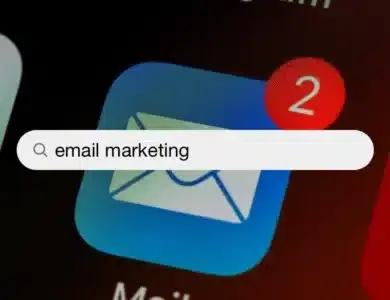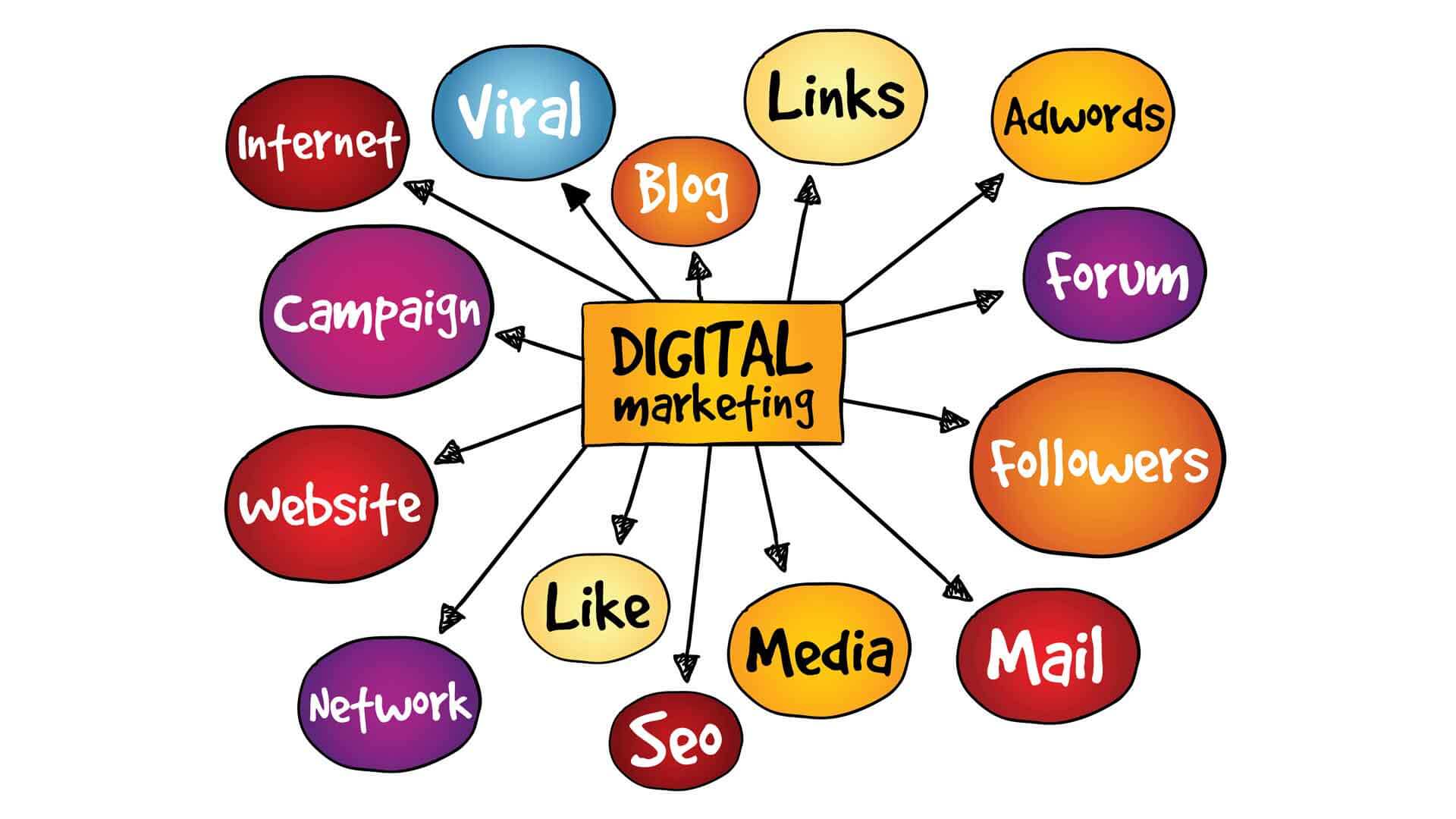
Introduction to Native Ads
Native ads represent some kind of science if you ask me. Many individuals in the past tried to discover the key to successful native advertising. Luckily for all of us, their research was successful. There is no gainsaying directly or indirectly in association with the known fact that content is only as the brand’s ability or means of sharing it. Just as content assumes a saturating feel in the marketplace, nevertheless, sharing has become somewhat a tidbit of complication. In an effort to providently make answers readily available and bypass the sudden quips and acme of seemingly controversial gizmos, a lot of research has been made, comparing the human thinking system to how these technicalities work. From clay tablets to books, manuscripts and presently to the mobile feeds, our brains haven’t pretty much undergone any significant change in the last 50 centuries. But, it is evident enough that the manner and degree at which we are apparently drawn to content has undergone tremendous change, and equally in the way we consume it. That is but a tip of the iceberg of the abracadabra behind native advertising. Before further ado, native advertise entails the use of paid ads that do more to match the look, feel and function of the media format in which they appear. Often found mostly amongst social media feeds or as recommended content on web pages, they are unlike display banner lot and do not really look like ads. They are curated to take the form of editorial flows of web pages, made to be non-disruptive and expository about advertising content to the reader without necessarily sticking out like a two-day-old sore thumb. In a world where content creation is the supreme overlord, making grovel by spending inordinate amounts of time on brainstorming, researching, creating and outreaching professionally crafted contents across a myriad of industry niches and target market, native advertising helps in planning for the media years ahead.
How Does it Work?
As of the-today, having to live in a provably modern age in which development in otherwise on the rampage, content is always at our disposal. We have the proliferation of widely used gizmos such as smartphones and tablet to thank or hold responsible for the way people consume content has evolved. This is crucial to understand, as in spite of the sameness of our thinking faculties, the advancement in technology has been the chief driver in changing the way consumers behave. A good number of marketers tap into about 5% of the conscious part of a consumer’s brain, but the left 95% is what drives choices and actions; this is precisely where native ads come to show their invaluableness, because they have the ability to either prompt or manipulate users at the level of the subconscious. The idea is otherwise straightforward. People see banner ads, but what they truly read is the native ads. The former typically display as a banner across the top or some static image on the right rail of any web page. Native ads are set inside user’s feeds, nevertheless, significantly blending into the experience of making use of relevant content. This is the reason native ads are very influential, where people actually are reading native ads, meaning that consumers engage with them at way more than a level at the surface. Through the reading process, native ads tap into a larger deal of brain space, deliver even more focus. More time, a lot more meaning, more impact on the subconscious and on the conscious, equally. Unlike banner ads, native ads are proven to be of more efficacy, as they require the employ of the whole brain. A banner ad only demands the right side of the brain responsible for image processing and multitasking. While a native ad, on the other hand, requires both the image processing unit and the text processing (which is on the left side of the brain). By requiring the use of the whole brain area, native ads result in a much greater engagement process, recall and total influence. When you sit to have a thought or two about it, it then makes sense.
What Works?
As far as native ads are concerned, there are prominent themes that really work; content that actually engages readers. They include:
- Information content themes: education, which aims to educate readers about new or unheard-of concepts relative to their lives.
- Pleasure to your eyes: interesting visual media, especially what makes readers laugh.
- Simple and effective themes involving how to/tips, life hacks, and tricks.
- Engagement in quizzes and surveys which make sites go viral.
- The online review usually products recommendations.
The Technical Process
To actually demystify native ads and give explanations of the formats is no simple job, and in a similar way non-Herculean. There are three behind-the-scene parts/steps through which native ads achieve fruition. In a bid to scientifically explain the value of native advertising, neuroscience is the best resort. The filed aids in looking into the rather complex mind of the consumer and comprehend how decisions are made. According to scientists, our brains haven’t evolved much; which means we pretty much think and make decisions in the same way we did some 50 millennia ago. What has really undergone series of substantial changes is out technology.
Ad Placement (Site or App)
This is the stage where media owners make the decisions as to where to place their native ads. Typically coming in two main forms, native ads appear in in-feed units and content recommendation widgets. As a very religious rule of the thumb, all the aggregator page4s including the home page, category page, and section pages amongst others, usually carry the in-feed ads. All pages that are article related are in the habit or conventional function of carrying content recommendation widgets. Therefore, this physical implementation process will need the owners to determine and adopt the right placement and styling it to painstakingly complement the form, shape, and looks of the site.
Tech Partner
At this stage, the media owner will need a tech partner for him to display the message of his brand employing the native ad. There are usually some options as to doing this. Out of a few, the first would be for the media owner to opt to work directly with the advertising brands and agencies, and in such a case, he will need to use a suitable ad server such as a DFP or Polar. Using the ad network or ad exchange option, the media owner may settle to work with the inventory aggregators like ad networks and exchanges. The advantage appears to be in immediate capacity.
Advertiser
The advertiser, who is usually some brand or the brand-representing agency, will be saddled with the onus to curate content first. The content could be in article, blog post, infographic, video or pictorial forms, and they are conventionally hosted on the media property of the advertiser, which could be a blog or microsite. Nevertheless, it can be as well hosted on the publisher itself, after which the creation of the ad unit follows, usually taking the form of images or videos merged with texts. After properly labeling content, drawing from social media when determining headline types and using body copy to smoothly lead readers to your intended next step, among other don’ts, the science behind native ads should swing in motion and keep your readers spellbound.











